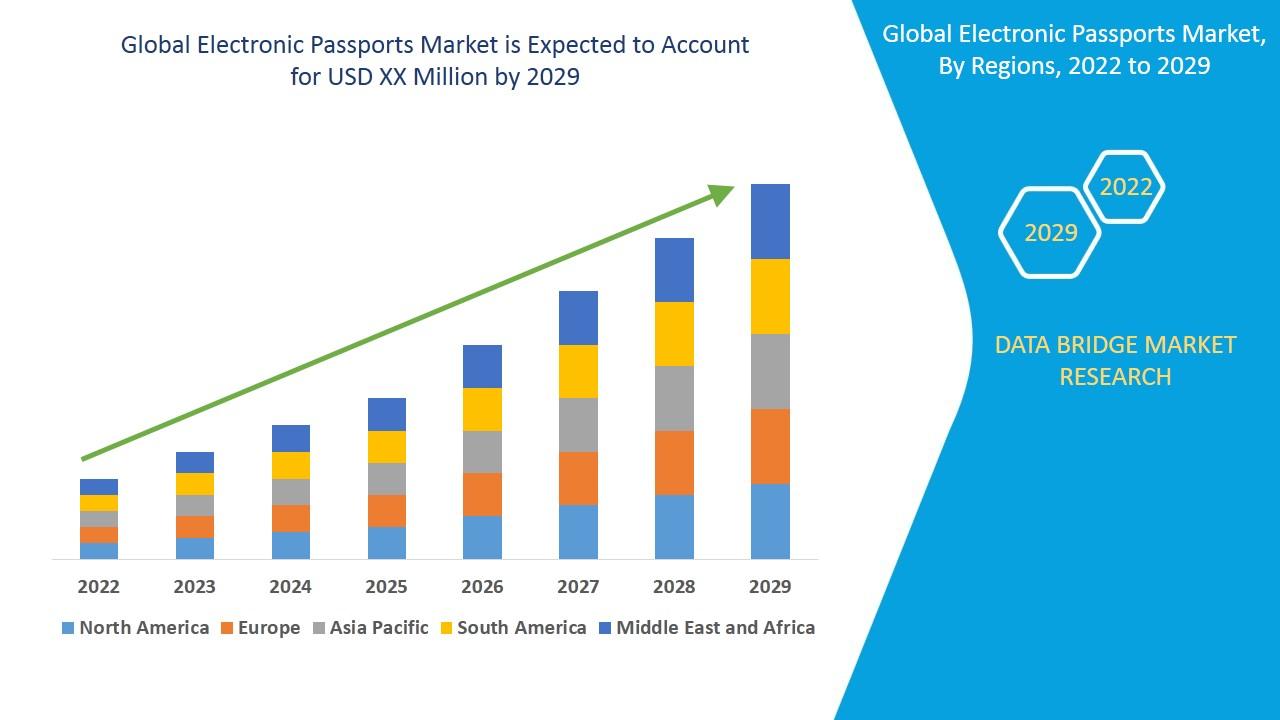Off-Grid PV Inverter Technology: Trends and Innovations

Off-grid PV Inverter Technology - Off-grid PV inverters power standalone solar systems, ideal for remote areas and energy-independent applications.
Off-grid PV inverter technology is designed for autonomous electrical systems operating independently of the main utility grid. These systems are essential for remote locations, mobile applications, or for those seeking complete energy independence. Unlike grid-tied inverters, an off-grid inverter must perform a dual, more complex role: converting DC to AC and creating and regulating a stable AC power source (a miniature grid) to power local loads.
A defining characteristic of this technology is the integrated or external charge controller that manages the charging and discharging of a dedicated battery bank. The inverter system must communicate seamlessly with the battery management system (BMS) to prevent overcharging or deep discharging, which can severely damage battery life.
Off-grid inverters typically include an integrated charger that can draw power from another source, like a backup generator or even a small wind turbine, to recharge the batteries when solar production is insufficient—a feature known as multi-source management. The technology is also designed to handle sudden, large load demands (high surge capacity), such as starting a well pump or an electric motor, without collapsing the local AC network.
Modern off-grid inverters incorporate sophisticated load management features, allowing non-critical loads to be shed (turned off) automatically when battery voltage drops below a certain threshold. The sine wave quality of the AC output is another critical parameter; high-quality, pure sine wave output is necessary to run sensitive electronics and appliances reliably, making this technology distinct from simpler, less sophisticated power inverters.
FAQ on Off-grid PV Inverter Technology
1. What is the key difference between a grid-tied and an off-grid inverter in terms of power supply? The key difference is that a grid-tied inverter relies on the stable presence of the utility grid to operate and synchronize its output (grid-following), acting as a supplement to the main power source. An off-grid inverter must create its own stable Alternating Current (AC) power source, establishing a local microgrid with a stable voltage and frequency, which is then fed to local loads (grid-forming).
2. Why is battery management a central component of off-grid PV inverter technology? Battery management is central because the battery bank is the sole power reservoir for the off-grid system, making it the most expensive and vulnerable component. The inverter must incorporate a sophisticated charge controller to manage the flow of solar DC power into the battery, preventing damaging conditions like overcharging or excessive deep discharging, which directly impacts the battery's lifespan and the system's overall reliability.
3. What is the significance of "high surge capacity" in off-grid inverters? High surge capacity is significant because off-grid inverters often need to start heavy appliances with electric motors, such as refrigerators, air conditioners, or power tools. These devices momentarily draw a very large amount of current (a "surge") upon startup. An off-grid inverter must have a surge rating significantly higher than its continuous power rating to handle these short bursts without shutting down or failing, ensuring the reliable operation of the standalone system.



